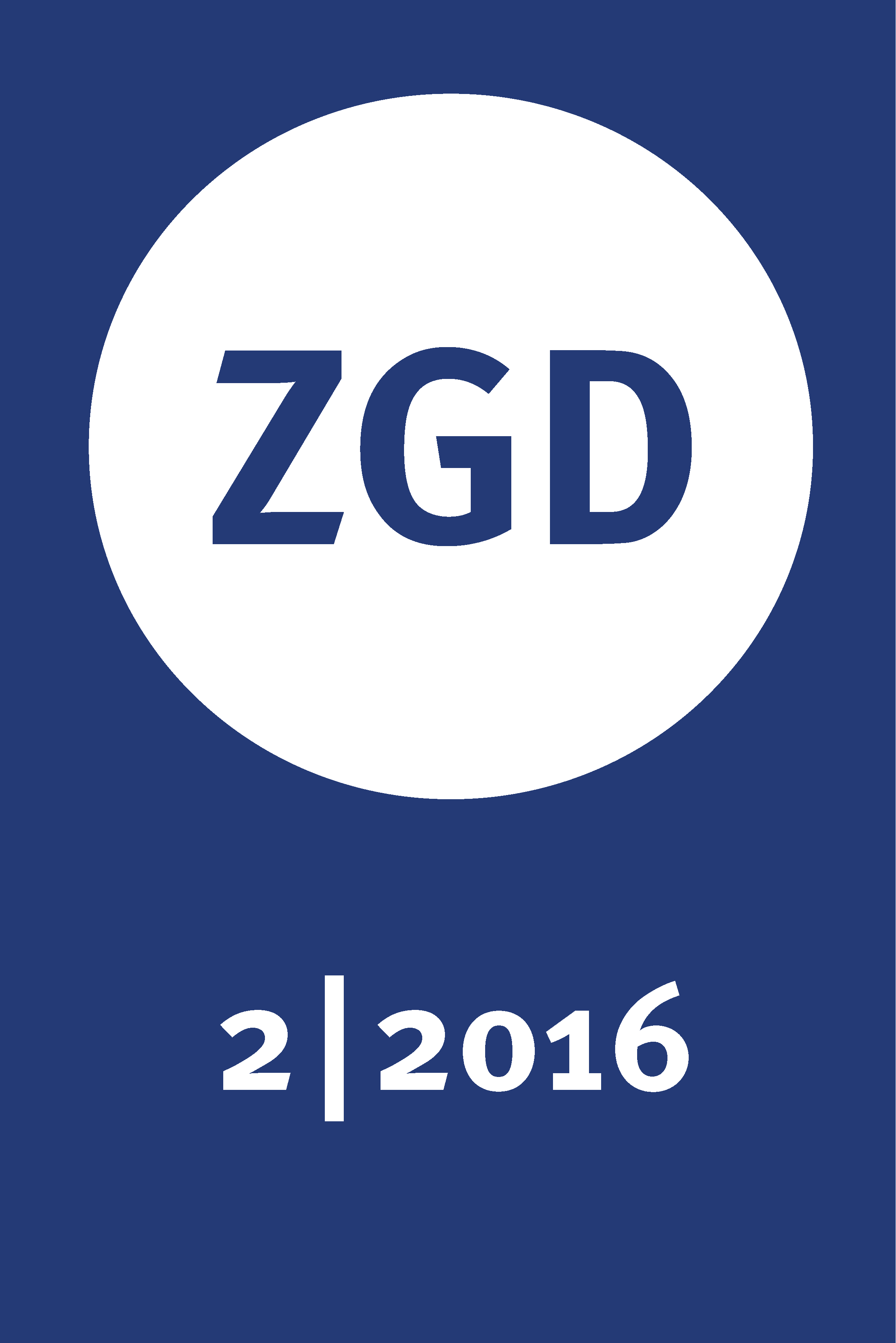Learning to Look Beyond the Frame: How Is the “Blind Field“ of a Photo Filled?
DOI:
https://doi.org/10.18452/23261Keywords:
blind field, cultural geography, interpretation of photos, punctum, semiotics, visual methodologyAbstract
This article discusses the processes of the interpretation of photos from a semiotic perspective. The main data-set covers drawings by Finnish high school students. These drawings depict the "blind field"—that is, the empty space surrounding the photo’s frames—of a photo taken in New York City. Every photo is framed in some way as it reveals only a part of the landscape it attempts to depict. Theoretically, it is argued that one's life experience, education, and social relationships among other things affect how the viewer fills in the blind field. Therefore, the blind field is said to be the source of meanings in relation to a photo. Ontologically, photos are not understood as objective representations of the world, but as subjective worldviews as photos are always taken by somebody and looked at by someone. This interaction between the photographer and the viewer is approached by asking: to what extent do the blind field and the students' drawings in the blind field explain the meanings of the photo? This is a relevant question when taking into consideration the fact that a student's way of interpreting photos in, for instance, geography textbooks might differ from that of the geography teacher. Therefore, the main argument of this study is that photos should not be taken for granted. Moreover, the elements that are not made visible in the photo also form an important part of the interpretation of photos.
Downloads
Published
How to Cite
Issue
Section
License
Copyright (c) 2021 Journal of Geography Education

This work is licensed under a Creative Commons Attribution-NonCommercial-NoDerivatives 4.0 International License.







